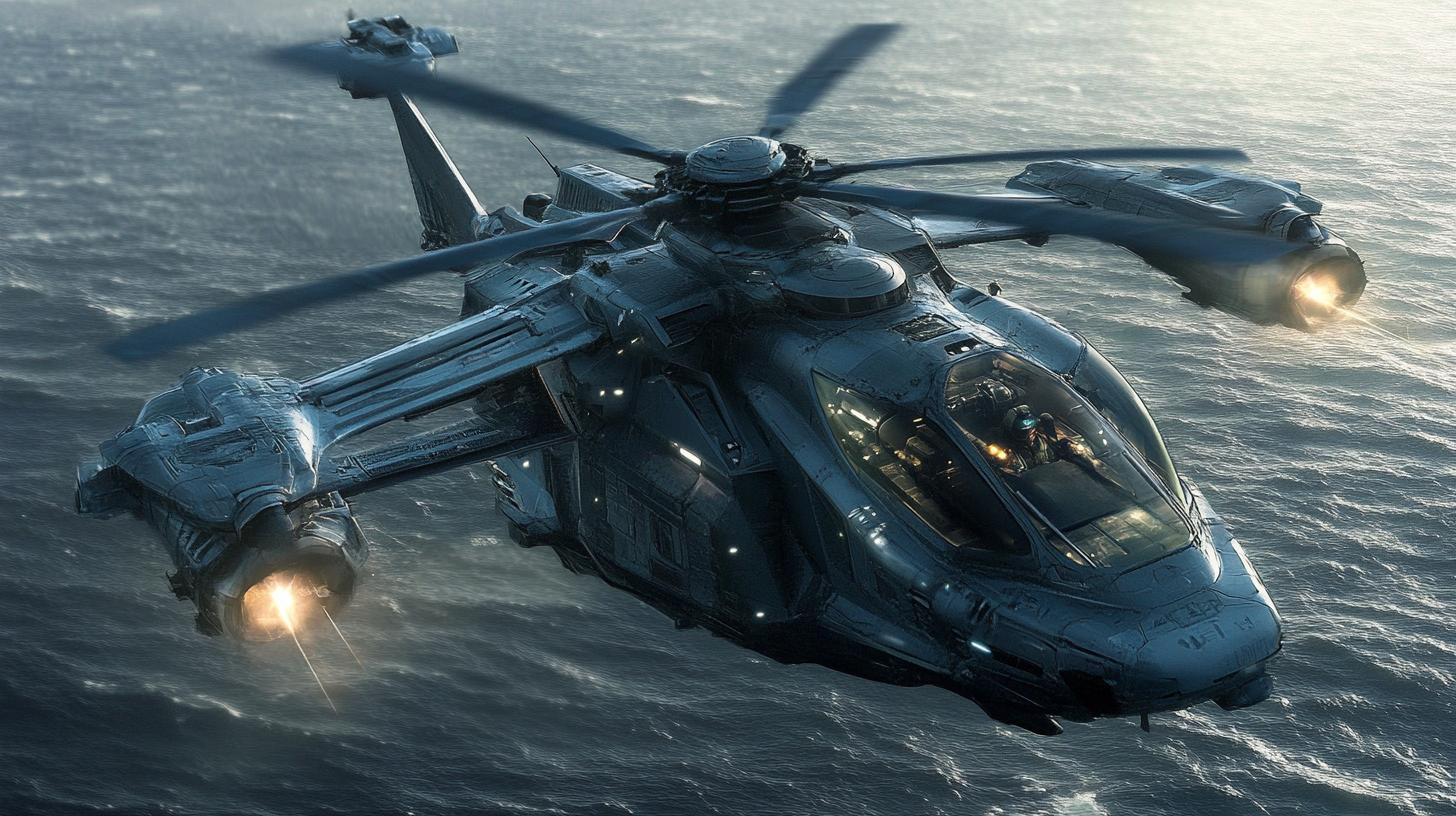The iconic SH-60 Seahawk, a staple in naval aviation, is undergoing a transformation that promises to reshape its role in the 21st-century battlefield. First introduced in the 1980s as a naval variant of the UH-60 Black Hawk, the Seahawk has been a crucial asset for anti-submarine warfare, surveillance, and search and rescue missions. Now, a combination of new technologies is set to enhance its capabilities dramatically.
The latest upgrade package, scheduled for implementation by 2025, focuses on integrating advanced autonomous systems and artificial intelligence (AI) for enhanced operational efficiency. These smart systems aim to assist the pilot with real-time decision-making support, sensor data fusion, and optimal mission planning. The AI-enhanced Seahawk will have the capacity to analyze vast amounts of sensory data, which will allow for quicker, more precise threat detection and response times.
Furthermore, the Seahawk’s payload options are being expanded to include cutting-edge drone technology. This allows the helicopter to deploy and manage drone swarms that can act as force multipliers during reconnaissance and combat missions. These drones can offer extended surveillance reach and deliver payloads with precision, operating independently or under pilot control.
Additionally, upgrades to communication systems will ensure better interoperability within naval task forces and with allied units, enhancing the Seahawk’s role in joint operations worldwide.
These forward-thinking upgrades not only extend the service life of the SH-60 Seahawk but also align it with the emerging demands of modern naval warfare, ensuring it remains a versatile and indispensable asset for decades to come.
New Seahawk Upgrades: Game Changer or Potential Risk?
The impending upgrades to the SH-60 Seahawk are set to revolutionize naval aviation, but what does this mean for the global defense landscape and civilian sectors? While the transformation through autonomous systems and artificial intelligence promises advanced operational capabilities, it also raises significant questions and debates.
Fact and Impact: One striking feature of the upgraded Seahawk is its ability to control drone swarms. This allows it to cover a broader range of operations, from surveillance to precise tactical assaults. While this advancement significantly boosts naval force capabilities, it also introduces challenges concerning command and control logistics and potential reliance on AI-based systems.
Advantages: The autonomous systems are designed to reduce human error, enhancing safety and efficiency during missions. Enhanced communication systems improve data sharing across platforms, leading to more cohesive and effective task forces. Additionally, integrating drone technology positions the Seahawk as a forerunner in modern warfare techniques.
Disadvantages and Controversies: The reliance on AI presents cybersecurity vulnerabilities. An advanced Seahawk means a sophisticated target for adversaries, aiming to breach such systems. Additionally, the ethical implications of autonomous lethal capabilities remain a subject of heated debate.
Could this shift enhance safety, or might it inadvertently set a precedent for future autonomous military technology? The balance of advantages and potential drawbacks underscores the need for stringent controls and regulations.
To explore more on military technology advancements, visit Naval Technology and Defense News. Will the new Seahawks herald a golden age of naval warfare or trigger new global arms races? The answers remain crucial as these technologies unfold.







